Minnesota has a rich geologic history
Ancient Rocks 3.6 billion years ago. Morton Gneiss (pronounced “nice”) is one of the oldest rocks on Earth. Outcrops of gneiss can be found just an hour west of the Twin Cities in the town of Morton.
One Billion Years ago. Volcanoes on the North Shore of Lake Superior. Many of the rocks we are going to study are from that era, including: basalt and Lake Superior Agate.
Basalt lava flows north of Duluth from volcanoes one billion years ago.
450 million years ago, there was an inland sea that covered much of North America. The Twin Cities was underwater as evidenced by ocean fossils found in St. Paul. A few of the rocks we are going to study were formed during this time period including: Shale and limestone.
Prehistoric squid
Trilobite
15,000 years ago Glacial Period – The glaciers moved only a few feet a year and carried many of the rocks we find today from Northern Minnesota to the Twin Cities area. Also when the glaciers melted it formed most of the lakes we see in Minnesota.
Glacial ice
Glacial Till. When the glaciers melted it left hills of rocks and sand that had been pulverized inside of the glacier. If you have a hill near your home, it was probably formed in this manner.
Glacial Lakes were formed when the glaciers melted. The weight of the ice caused the earth to be pushed down, forming what is called an ice block lake. (Lake Minnetonka in photo below)
Glacial erratics are large rocks that were carried on top of the glacier and did not get ground up inside of the glacier. When the glacier melted, the rocks dropped to the ground.
If you have seen a large rock in your neighborhood, it is probably a glacial erratic.
Glacial rocks are everywhere in your neighborhood environment. What is meant by “glacial rocks”? How did the rocks get in your neighborhood? What are the names and stories of some of the glacial rocks? Using the guide below, see what types of rocks you can find in your neighborhood.
15,000 years ago a huge glacier covered most of Minnesota, Wisconsin and other states in the Northern US. As the glacier moved along it gouged out many types of rocks and carried them south moving at a speed of only a foot a day.
Rocks that were inside of the glacier got ground up into smaller stones. If you have seen a large boulder in your neighborhood, it is called a “glacial erratic”. It was not inside the glacier, but rode on top of the glacier and was not ground up.
When the Earth began to warm, the glaciers melted and the rocks inside came out, leaving what is called “glacial till”. Glacial till has many many sizes of rocks in it, from large boulders to sand. Many of the hills in our neighborhoods are made of glacial till. People mined the hills and sold the rocks for landscaping, road material, and concrete.
Types of Glacial Rocks
Sandstone
Sedimentary Rock
Formed from wind-blown sand
that fell into shallow sea
400 million years ago
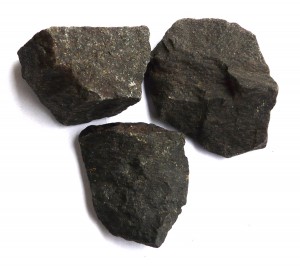 Basalt
Basalt
Igneous/volcanic
1 billion years old
lava from North Shore
Carried by glacier
Morton Gneiss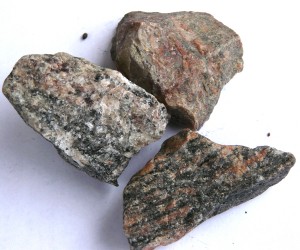
Pronounced “nice”
Metamorphic rock
3.5 billion years old
One of oldest rocks on Earth
Used in buildings. Not a glacial rock.
Shale
Sedimentary Rock
Formed in shallow inland seas
1.9 Billion years ago
Found in Northern Minnesota
Carried in glacier
Granite
Igneous Rocks
1.2 to 2.5 billion years old
Formed deep beneath the earth
Carried by glaciers from St. Cloud
Chert
Sedimentary Rock
Formed from shells of microscopic algae
Used to make fire (flint)/arrow points
2 billion years old
Porphyry
Igneous/volcanic
1 billion years old
Found in lava flows
and roots of volcanoes
Carried by glacier
Mary Ellen Jasper
Sedimentary Rock
Formed from fossilized algae
2 Billion years old
Carried by glacier from Iron Range
Lake Superior Agate
Formed from the weathering of igneous rock
1 billion years old MN state rock
Carried by glacier from North Shore
of Lake Superior
Limestone
Sedimentary Rock
Formed in shallow warm oceans
450 million years ago
Can have some fossils
Milky Quartz
Igneous or Metamorphic Rocks
400 + million years ago
Quartz is used to make glass
Quartz is a common mineral
Ryolite
Igneous/volcanic
1 billion years old
Lava from North Shore
Carried by glacier
To download the Glacial Rocks Study Card 1: Click here
To download the Glacial Rocks Study Card 2:

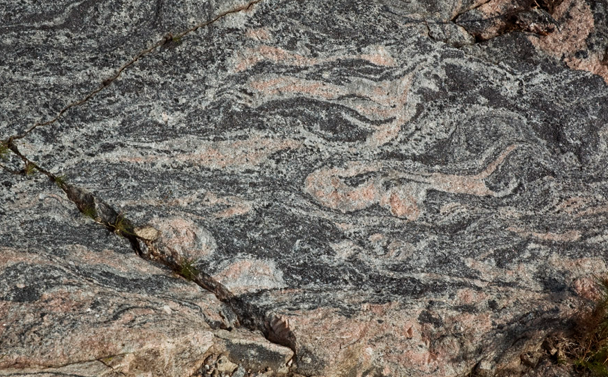
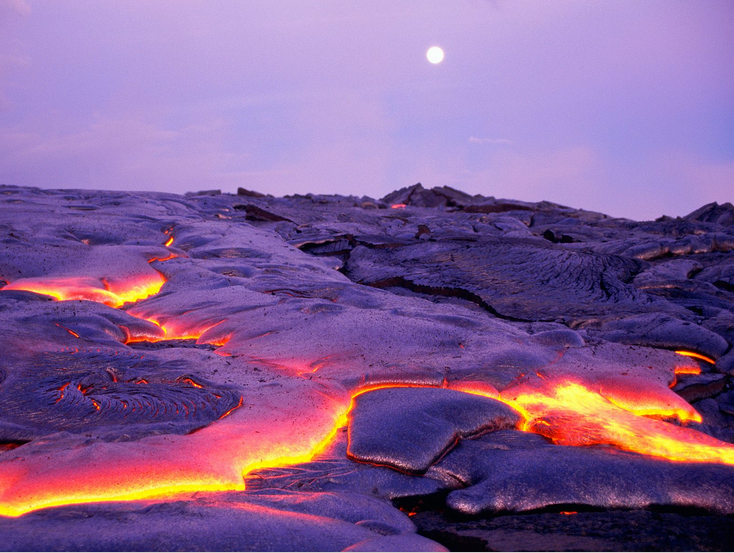
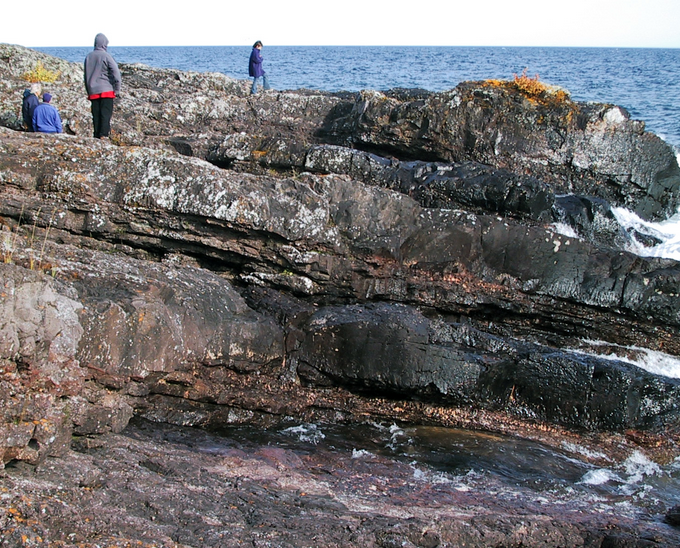
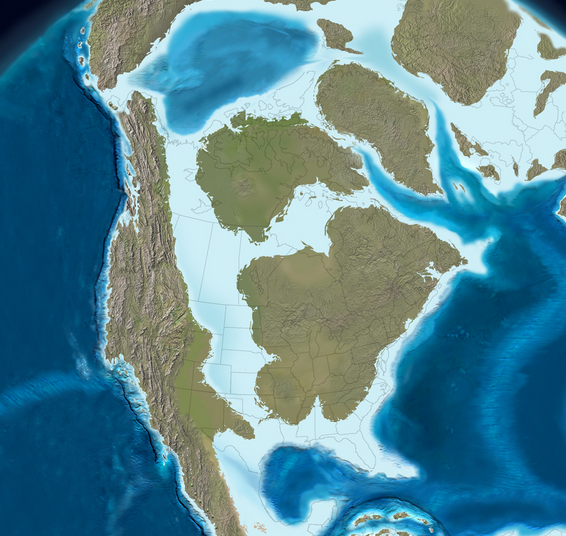
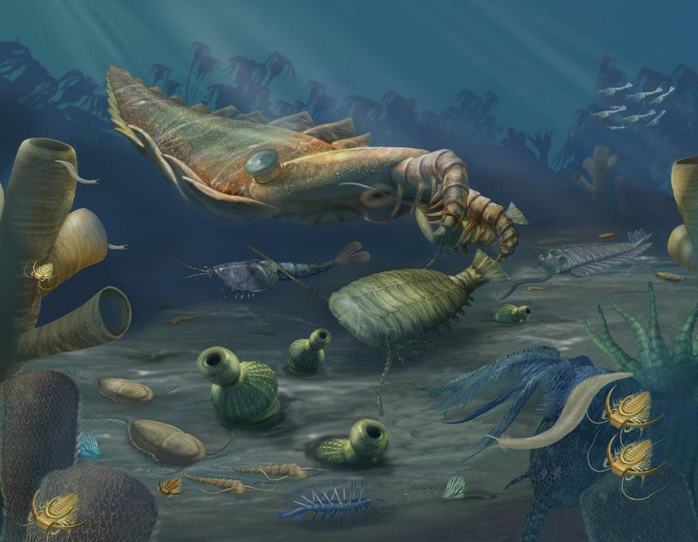
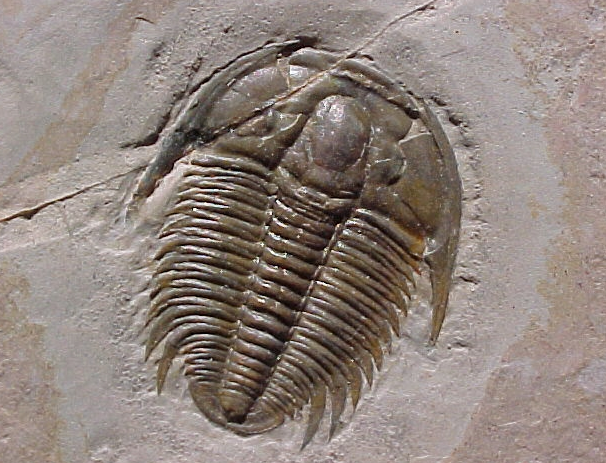
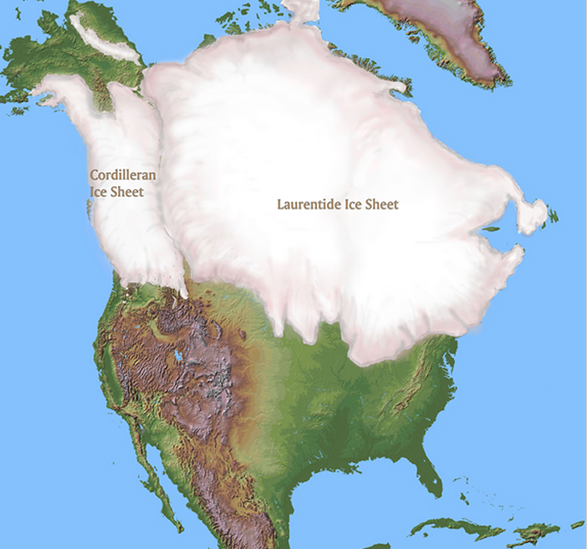
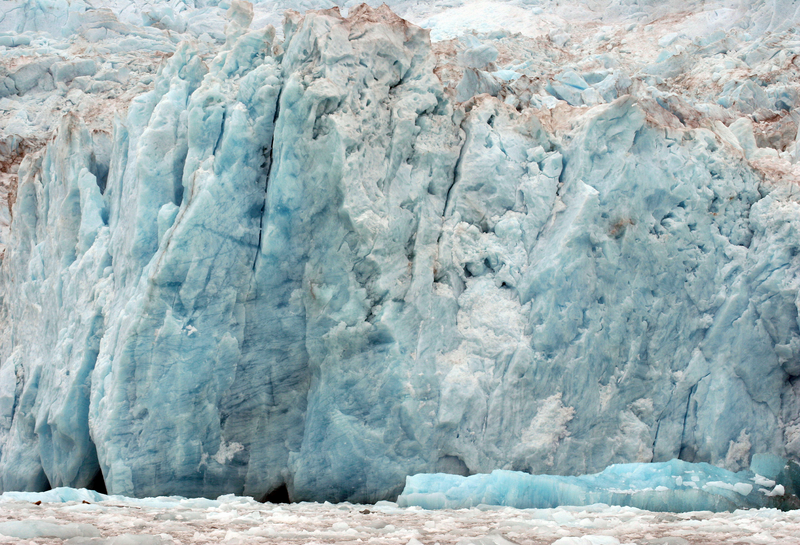
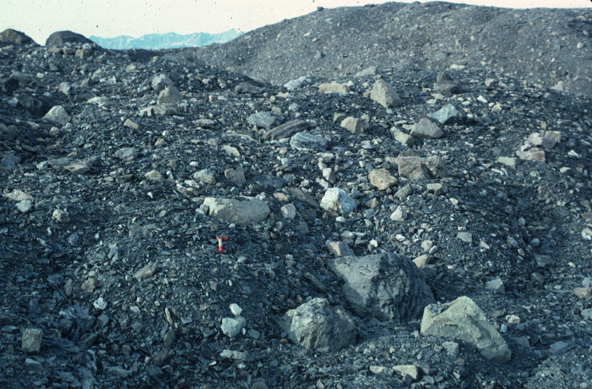
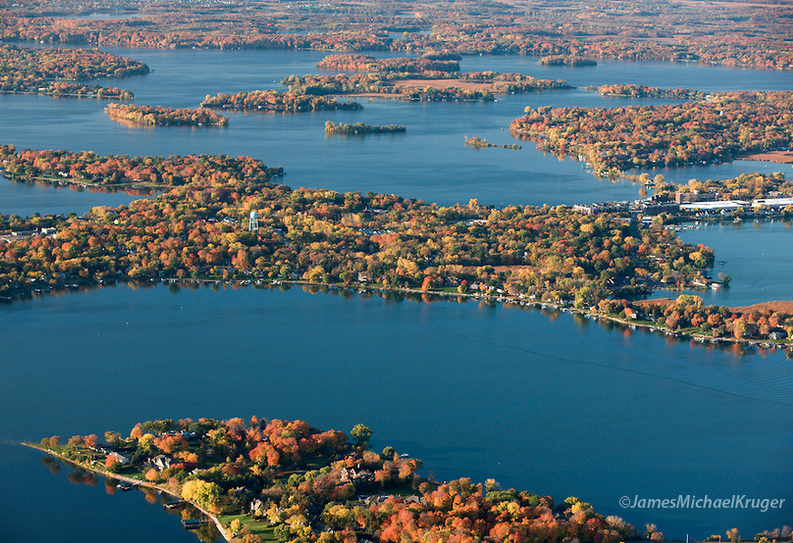
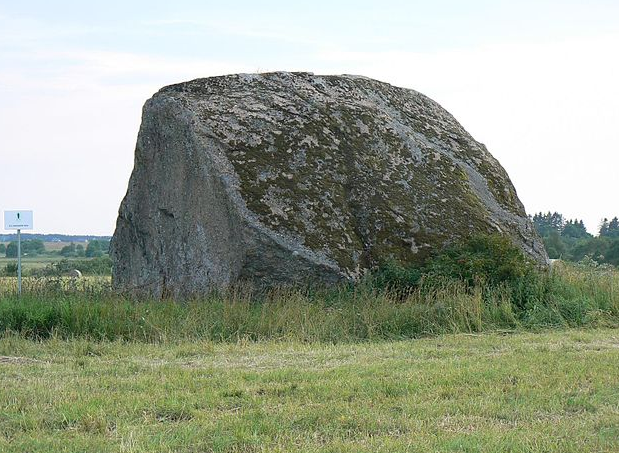
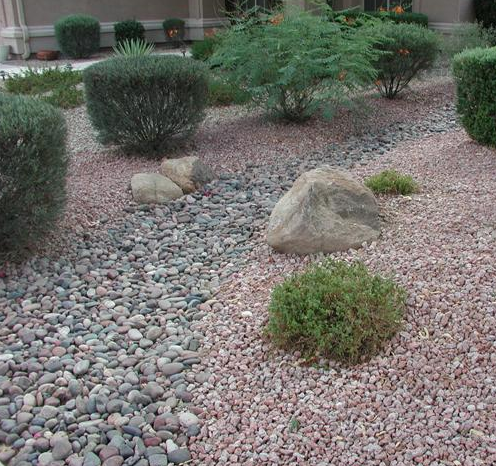
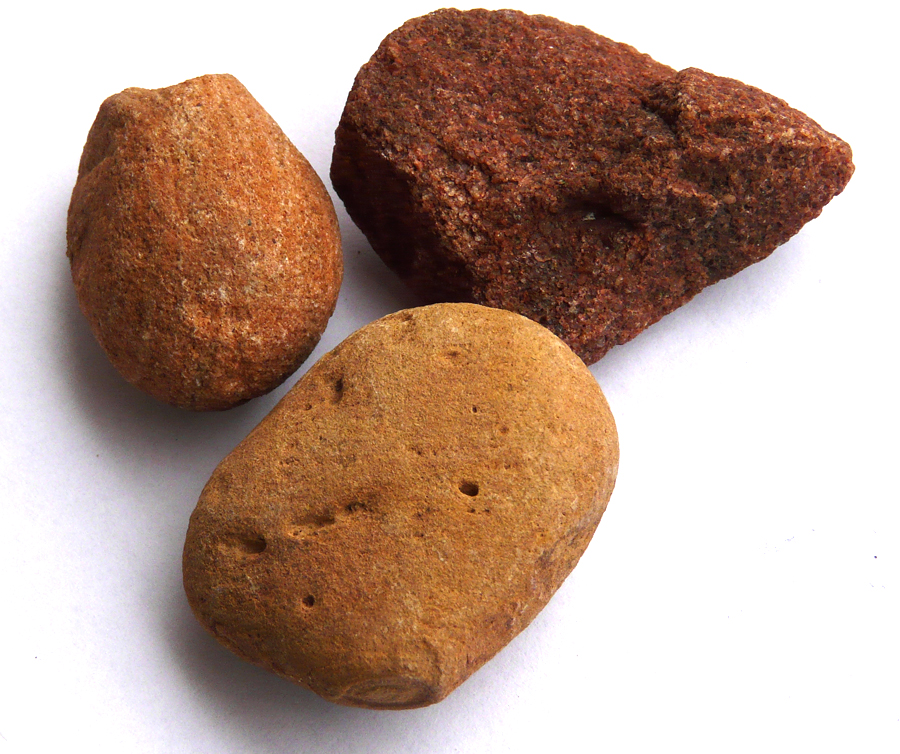
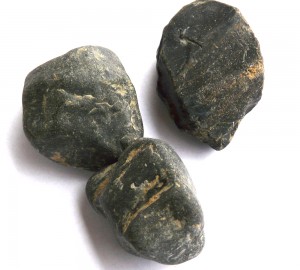
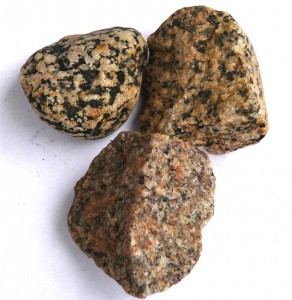

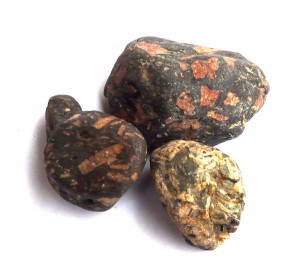
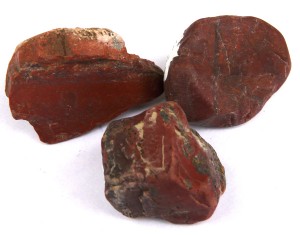
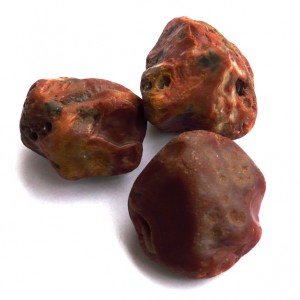
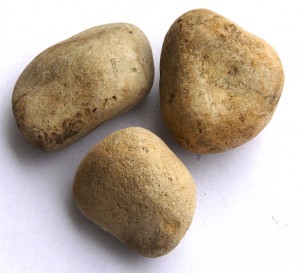
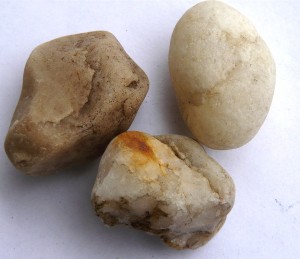
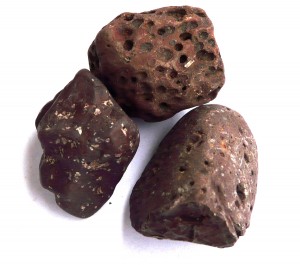
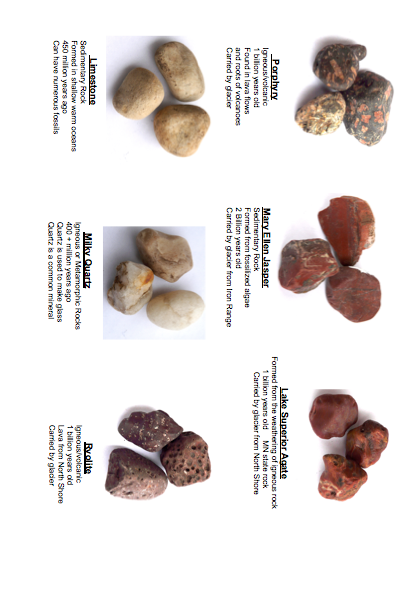



Thank you for posting Minerals images. At the age of 72 I have a lot to learn, and little time in which to do so.
Dear Mr. Wade,
Thank you so much for the very helpful information.
I’m new to the Midwest and have fallen in love with the rocks of the glacial till.
Wonderful!!
Wishing you all the best!
David Noll
Brown Deer, Wisconsin
Enjoyed seeing the different rocks, their ages and info. I think I finally found the name of the big Ryolite rock that is sitting on our wood stove up north Michigan. Its dull red with many large pits in it, and it looks like what I would think lava rock would look like. Now I have a name for it 🙂 Thanks!
Thanks for the great guide and quick info!
I have some interesting rocks I discovered burried in my yard. We can not identify them, was hoping you’d be able to help!
Noelle. My address is larrywade16@gmail.com. Send me some photos, and If I don’t know them, I send them to RockMan.
Hi Larry I tried to print the MN Glacial Rocks but it comes out kind of blurry and hard to read (and yes my bifocals are up to date!). Is there a way to get a higher quality version of it? Thanks! Molly
Do you live in the Twin Cities? Your name is familiar.
contact me by email: larrywade16@gmail.com
Where can a person buy samples of Minnesota rocks online? Thanks, Stan Hudson
I go to the gravel pits. Hedberg is a good source.
Great day, Mr. Wade. Appreciate and treasure your expertise. The students were so engaged in learning! Thanks again for inspiring kids about nature and sharing your talents.